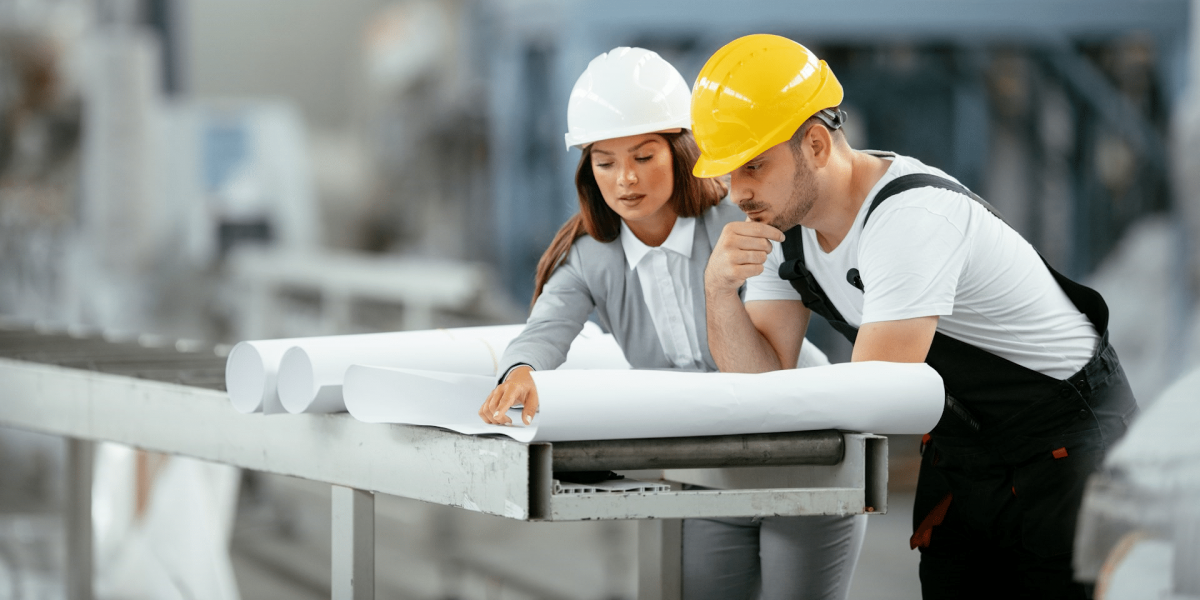The resurgence of manufacturing in New York is capturing national attention as the state experiences remarkable growth across various sectors. From government initiatives to technological innovations, New York is redefining its position as a hub for advanced manufacturing and industrial activity. This article delves into the factors driving this growth, the challenges the industry faces, and the potential for sustained development in the coming years.
Economic Indicators and Growth Metrics
Manufacturing activity in New York has shown significant upward momentum in recent months, reflecting the overall health of the industry. According to the Empire State Manufacturing Survey, the general business conditions index rose by an impressive 43 points in November, reaching 31.2—the highest level recorded in nearly three years. This surge indicates robust performance across diverse manufacturing sectors in the state. Employment trends further underline the industry’s resurgence.
Since 2021, New York has added more than 13,300 jobs in manufacturing, leading the nation in manufacturing job growth. These job gains are not only driving economic recovery but also solidifying New York’s position as a leader in modern manufacturing. The growth in manufacturing employment contributes significantly to local economies, strengthening communities and fostering greater economic resilience.
Key Industries Driving Growth
Semiconductor Manufacturing
Semiconductor manufacturing has emerged as one of New York’s most critical industries. Companies like GlobalFoundries and Micron are making substantial investments to expand their operations in upstate regions. This growth is part of a broader national effort to localize semiconductor production, reducing dependence on international suppliers. These expansions are expected to create thousands of jobs and position New York as a cornerstone of the U.S. semiconductor supply chain.
Optics and Photonics
The optics and photonics industry in the Finger Lakes region, particularly in Rochester, is another critical driver of New York’s manufacturing resurgence. With a legacy of innovation in this field, the region continues to attract startups and established companies alike. Academic institutions in the area, such as the University of Rochester, play a pivotal role in fostering research and development, making the region a hub for cutting-edge advancements in optics and photonics.
Garment and Textile Production
Efforts to revitalize New York City’s Garment District are breathing new life into the apparel manufacturing sector. Sustainable and locally-focused production initiatives are reshaping this historic industry. Programs aimed at integrating modern practices with traditional craftsmanship are creating opportunities for small businesses and artisans. These efforts emphasize reducing the environmental impact of production while maintaining high-quality standards, further enhancing the district’s appeal.
Government Initiatives and Support
New York Manufacturing Extension Partnership (NY MEP)
The New York Manufacturing Extension Partnership (NY MEP) has been instrumental in supporting small and mid-sized manufacturers throughout the state. By offering services such as innovation consulting, process improvement, and workforce training, NY MEP helps businesses improve profitability, create jobs, and enhance competitiveness. This network is an essential component of the state’s strategy to ensure long-term growth in manufacturing.
Economic Development Programs
New York’s government has introduced various economic development programs to attract and retain manufacturers. These initiatives include tax credits, grants, and other financial incentives designed to encourage businesses to expand their operations within the state. By fostering a favorable environment for manufacturers, these programs contribute to sustained job creation and economic stability.
Technological Advancements and Innovation
Advanced Manufacturing Techniques
New York’s manufacturers are adopting advanced technologies such as automation, robotics, and additive manufacturing to enhance productivity and efficiency. These innovations not only streamline production processes but also reduce costs and improve product quality. By embracing these technologies, manufacturers are positioning themselves to compete effectively in global markets.
Research and Development
Collaboration between New York’s manufacturers and academic institutions is fueling research and development in areas such as materials science and nanotechnology. Universities like Cornell and Rensselaer Polytechnic Institute are partnering with industry leaders to develop innovative solutions that address complex manufacturing challenges. These partnerships are essential for maintaining New York’s competitive edge in the rapidly evolving manufacturing landscape.
Workforce Development and Education
Training Programs
To meet the demands of an evolving industry, New York has implemented comprehensive training programs focused on advanced manufacturing technologies. These programs aim to equip workers with the skills needed to thrive in high-tech manufacturing environments. By addressing workforce needs, these initiatives ensure that manufacturers have access to a skilled labor pool capable of supporting their growth.
Apprenticeships and Partnerships
Educational institutions across New York are partnering with manufacturers to offer apprenticeship programs that provide hands-on experience in advanced manufacturing processes. These partnerships help bridge the skills gap, preparing the next generation of workers for careers in manufacturing. Such collaborations also strengthen ties between academia and industry, fostering innovation and growth.
Supply Chain Dynamics
Reshoring Efforts
The disruptions caused by global supply chain challenges have prompted many manufacturers to bring production back to New York. This trend, known as reshoring, helps reduce dependency on international suppliers and enhances supply chain resilience. By producing goods closer to their markets, manufacturers can improve efficiency and reduce transportation costs.
Local Sourcing
In addition to reshoring, manufacturers in New York are increasingly sourcing materials locally. This shift supports local businesses and aligns with broader sustainability goals. By reducing reliance on long-distance supply chains, manufacturers can better control costs and minimize their environmental footprint.
Environmental and Sustainability Considerations
Green Manufacturing Practices
Sustainability is a central focus for many manufacturers in New York. Companies are adopting green manufacturing practices to minimize their environmental impact and comply with state and federal regulations. These practices include reducing waste, conserving energy, and using sustainable materials.
Renewable Energy Integration
Many manufacturers in New York are incorporating renewable energy sources, such as solar and wind power, into their operations. This integration not only reduces carbon emissions but also aligns with the state’s ambitious energy goals. By embracing renewable energy, manufacturers demonstrate their commitment to sustainability and environmental stewardship.
Challenges and Future Outlook
Economic Uncertainties
Despite its impressive growth, New York’s manufacturing sector faces potential challenges from economic uncertainties, including fluctuating market conditions and changes in national policies. Manufacturers must remain agile and adaptable to navigate these challenges effectively.
Infrastructure Needs
As the manufacturing sector continues to expand, investments in transportation and logistics infrastructure are crucial. Improved connectivity will ensure that goods can move efficiently within New York and to markets across the country and beyond. Addressing these infrastructure needs is essential for sustaining the sector’s growth.
Manufacturing as a Catalyst for Growth
The increase in manufacturing activity across New York highlights the state’s resilience and adaptability. From semiconductors to sustainable garment production, a diverse range of industries is contributing to this economic renaissance. With strong government support, technological innovation, and a skilled workforce, New York is well-positioned to strengthen its role as a leader in modern manufacturing. By addressing challenges and leveraging opportunities, the state can continue to drive economic growth and set a benchmark for manufacturing excellence nationwide.
















